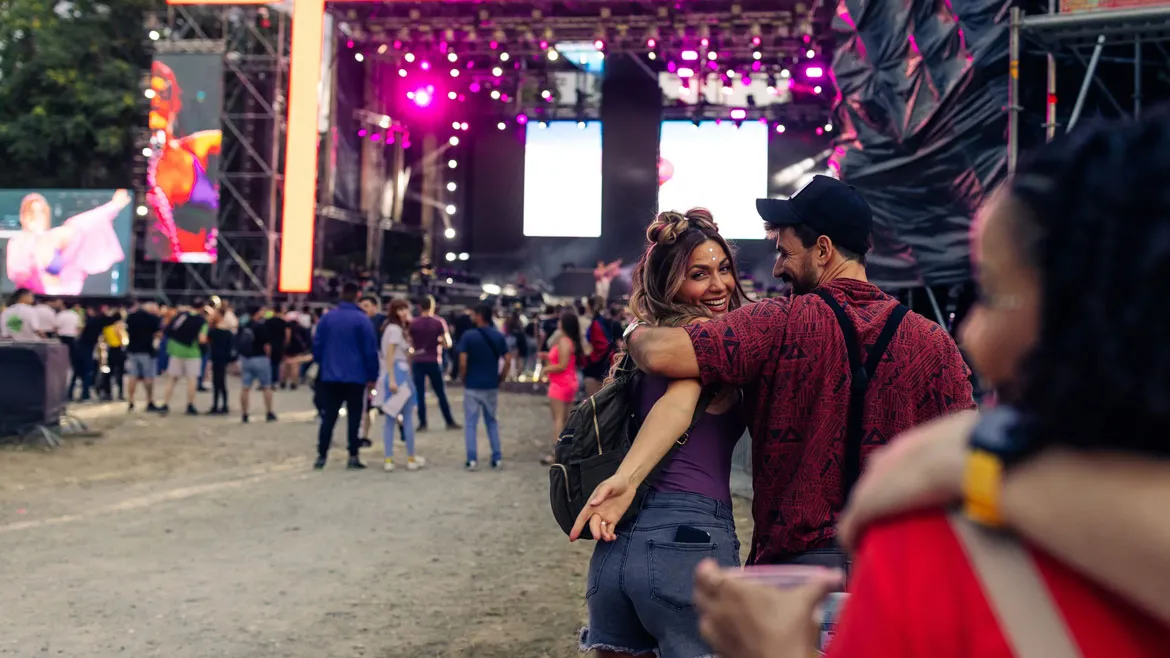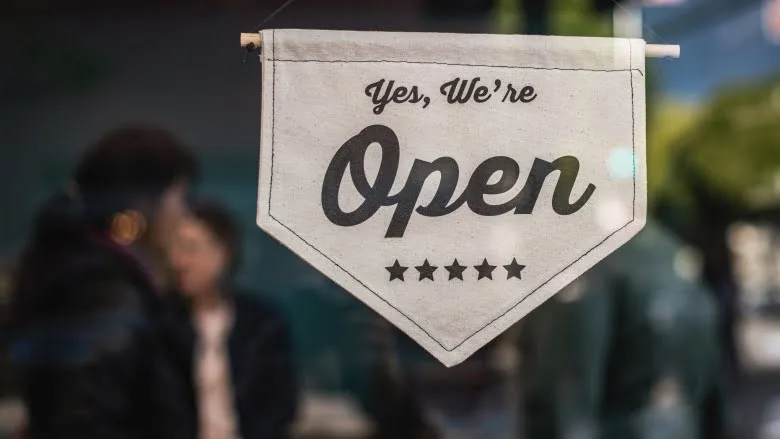From perimeter security to internal monitoring, video surveillance systems can bolster risk reduction and strengthen security in educational settings.
A guide from IDIS explores the role of video surveillance security in risk reduction in the education sector and in creating safer, more welcoming learning environments. Optimal Use of Video Systems for K-12 School Security is an eBook written to provide in-depth insights for school security leaders looking to examine issues of cost and building multi-layered protection from perimeters and sports grounds to classrooms.
The guide highlights key factors that will contribute to risk reduction through the successful deployment and use of surveillance solutions. Used well, video can act as a force multiplier and increase operational efficiency by making other measures more effective. The eBook covers planning considerations and requirements for implementing school security surveillance solutions, including challenges in perspective; layered approaches to security; district-wide resilience; camera siting and uses, including parking lots, playgrounds, and internal locations; compliance and federal funding; cybersecurity; and ensuring value for stakeholders.
When used well, video surveillance acts as a resource multiplier for schools and makes other measures more effective. This makes it one of the best value security and safety tools available for risk reduction. Where schools employ School Resource Officers (SROs) video can give those individuals or teams a clear picture of activity on-site, provide an early warning of potential threats, and allow faster responses. Video can help teach staff to identify problem behaviors and support them in intervening earlier in negative behavior cycles, thereby resolving conflicts sooner and being more confident that they are making fair judgments. Yet schools and their systems integrators have a tricky balance to risk reduction, keeping schools open while defending the perimeter and making internal areas feel safe and welcoming. Best practices can be applied both district-wide or by school-to-school, implementing layered protection for perimeters, parking lots, building structures, and interior areas. A comprehensive mix of well-positioned cameras and flexible VMS is key to this approach.
Video surveillance programs have been adopted where circumstances have shown it is necessary for the purposes of providing for the safety of students and staff, or for the deterrence of destructive acts such as vandalism, where less intrusive means of deterrence (ie: increased monitoring) have proven to be ineffective or unworkable. The School Boards ensure the proposed design and operation of its video surveillance system collects only data necessary to achieve these goals through lawful activities.
For more information on the guide, click here.





